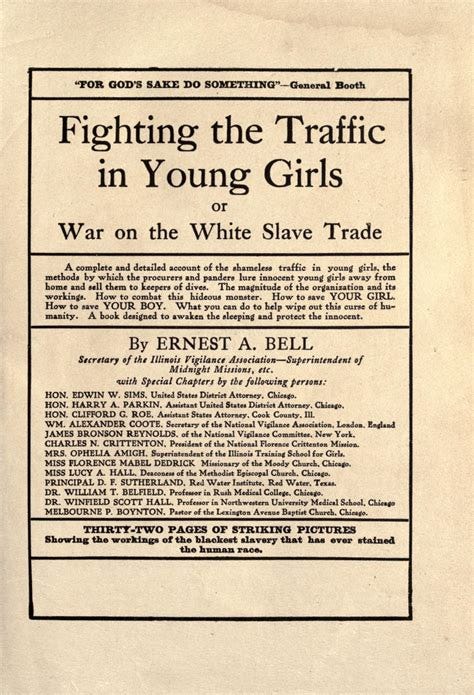The Mann Act of 1910: Protecting Vulnerable Individuals from Sexual Exploitation
By PopopThePatriot
The Mann Act, officially known as 18 U.S.C. § 2421 et seq., is a crucial piece of legislation that plays a pivotal role in combating human trafficking and sexual exploitation in the United States. This editorial sheds light on the significance of the Mann Act, its key provisions, and the amendments made to strengthen its effectiveness.
At its core, the Mann Act empowers the Federal Bureau of Investigation (FBI) to investigate cases related to the transportation of individuals for the purposes of prostitution or illegal sexual activities across state lines, in foreign commerce, or within U.S. territories. Such actions are considered criminal offenses under federal, state, or local laws. The responsibility for supervising the Act falls under the purview of the Child Exploitation and Obscenity Section of the Criminal Division.
The Act, specifically Sections 2421 to 2423, defines a range of offenses related to this transportation. Notably, Section 2423 focuses on the transportation of minors under the age of 18, imposing enhanced penalties to combat child exploitation. This provision underscores the importance of protecting minors from falling victim to sexual exploitation and trafficking.
Over the years, the Mann Act has undergone amendments to address evolving challenges. These amendments, made in 1978, 1986, and 1994, reflect Congress's deep concern for preventing the sexual exploitation of minors. Consequently, cases involving minors as victims are given special priority, reaffirming the commitment to safeguarding vulnerable young individuals.
Two landmark Supreme Court cases, United States v. Holte (1915) and Gebardi v. United States (1932), have shaped the legal landscape surrounding the Mann Act. Holte established that, under certain circumstances, a woman could be indicted as a conspirator in her own transportation. However, Gebardi refined this interpretation by stating that mere acquiescence to transportation, without active involvement in promoting it, does not warrant prosecution under the Mann Act. This principle holds that where the only co-conspirator is the individual responsible for the transportation, a conspiracy charge must be dismissed.
In light of Gebardi's influence on subsequent lower court decisions, it becomes evident that prosecuting a transportee as a "victim" for the substantive offense or conspiracy, or a sole co-conspirator who was the transporter, is challenging unless the "victim" played an active role in promoting the transportation.
In conclusion, the Mann Act stands as a crucial legal instrument in the fight against human trafficking and sexual exploitation. Its amendments and legal interpretations underscore the commitment to protect minors from harm and prosecute those involved in such heinous crimes. While challenges exist in prosecuting certain cases, the Mann Act remains a powerful tool in ensuring justice for victims and holding perpetrators accountable. Society must continue to support efforts to strengthen and enforce this vital legislation in the ongoing battle against human trafficking and exploitation.




